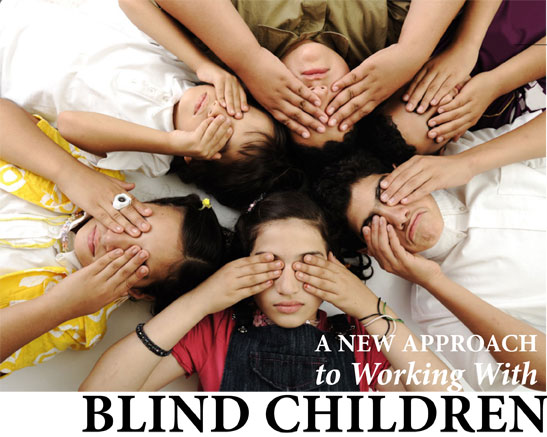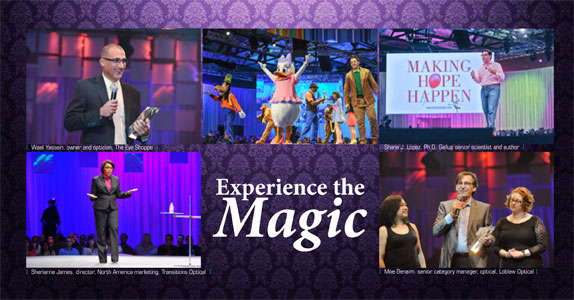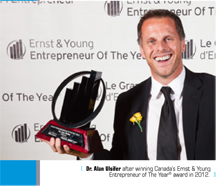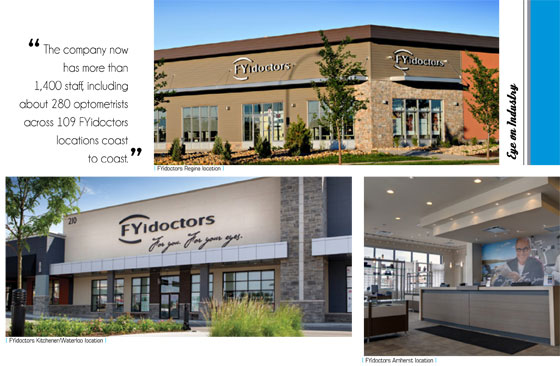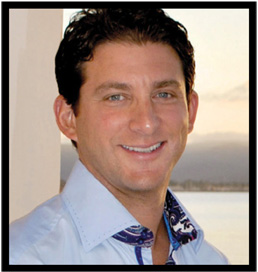By Briar Sexton, MD
 Ann Morrison was in no mood to laugh when she received the news that her young son Gavin had Retinitis Pigmentosa (RP) in 1998. RP is an incurable genetic disease that causes the affected person’s vision to narrow to a very small window – and even that window can become blurry. It also severely affects night vision.
Ann Morrison was in no mood to laugh when she received the news that her young son Gavin had Retinitis Pigmentosa (RP) in 1998. RP is an incurable genetic disease that causes the affected person’s vision to narrow to a very small window – and even that window can become blurry. It also severely affects night vision.
But Ann isn’t the sort of person who retreats from a challenge and her reaction was to learn everything she could about the disease.
She attended Vision Quest, a Foundation Fighting Blindness (FFB) annual event that educates patients and families living with eye disease and enables them to connect with one another. In addition to learning about RP, she learned about the FFB.
The organization, which is the largest private supporter of Canadian vision research, donates millions of dollars annually to Canadian researchers working on treatments and cures for genetic eye diseases, including RP and macular degeneration. What Ann learned about the Foundation convinced her the group was worth supporting.
What came next was an idea from her friend, Meg Soper, a nurse and successful stand-up comic, who suggested they get their friends and families together to raise money for the FFB. Their first event in 1999 at The Laugh Resort in Toronto raised $7,800. Buoyed by their success the pair set their sights higher; in 2002 they worked on a second event, this time with a volunteer committee, which led to increased ticket sales and revenue.
In 2003, the Foundation welcomed Ann to their staff and Comic Vision became an official FFB fundraiser. A year later it expanded to Oakville, then London, Vancouver and Calgary; in 2010, Comic Vision was held at Toronto’s “Last Call”, a smaller venue that evokes the event’s roots. In each city Comic Vision received strong support from community volunteers and debuted to crowds of over 300. The momentum continues to grow, and this year, with the event debuting in Halifax, Comic Vision will officially go coast to coast.
The funds raised keep increasing too. Since 1999, Comic Vision has raised over $5 million for the Foundation Fighting Blindness. In 2013 alone, more than 2,500 Canadians attended the various Comic Vision shows, raising $930,000 for vision-saving research by Canadian scientists.
Ann is now the FFB’s Director of Philanthropy. Asked how she remains so dedicated to the organization more than a decade after first getting involved, she says, “The Foundation is not just about restoring sight, it also restores people’s hope. The progress made in the last 10 years is so encouraging, I am confident there will be treatments in the next decade for some forms of retinal disease”.
Anyone attending Comic Vision for the first time will be pleasantly surprised by the event’s atmosphere. The crowd is more “smart casual” than “black tie.” Waitresses circulate with finger foods and tables are adorned with Kernels popcorn, Twizzlers and other treats. The audience munches away while enjoying high-calibre stand-up comedy. It’s the kind of evening people would enjoy even if it wasn’t for a good cause.
Shelagh Anson, the mother of two young children with RP, was apprehensive about attending her first Comic Vision event in Vancouver in 2012. Beforehand, she was on the brink of tears at the mere mention of her kids’ diagnosis. Shelagh did cry that evening, but they were tears of laughter at the comedians’ routines. She and her family actively volunteer with and donate to the FFB and her experience epitomizes Comic Vision’s slogan: “Share the Laughter, See the Hope.”
Comic Vision is the ultimate win-win, a fun evening people will enjoy even if they aren’t affected by vision issues. It’s also a cause anyone can gladly get behind, knowing they’re supporting Canada’s best vision scientists in their truly groundbreaking work.

